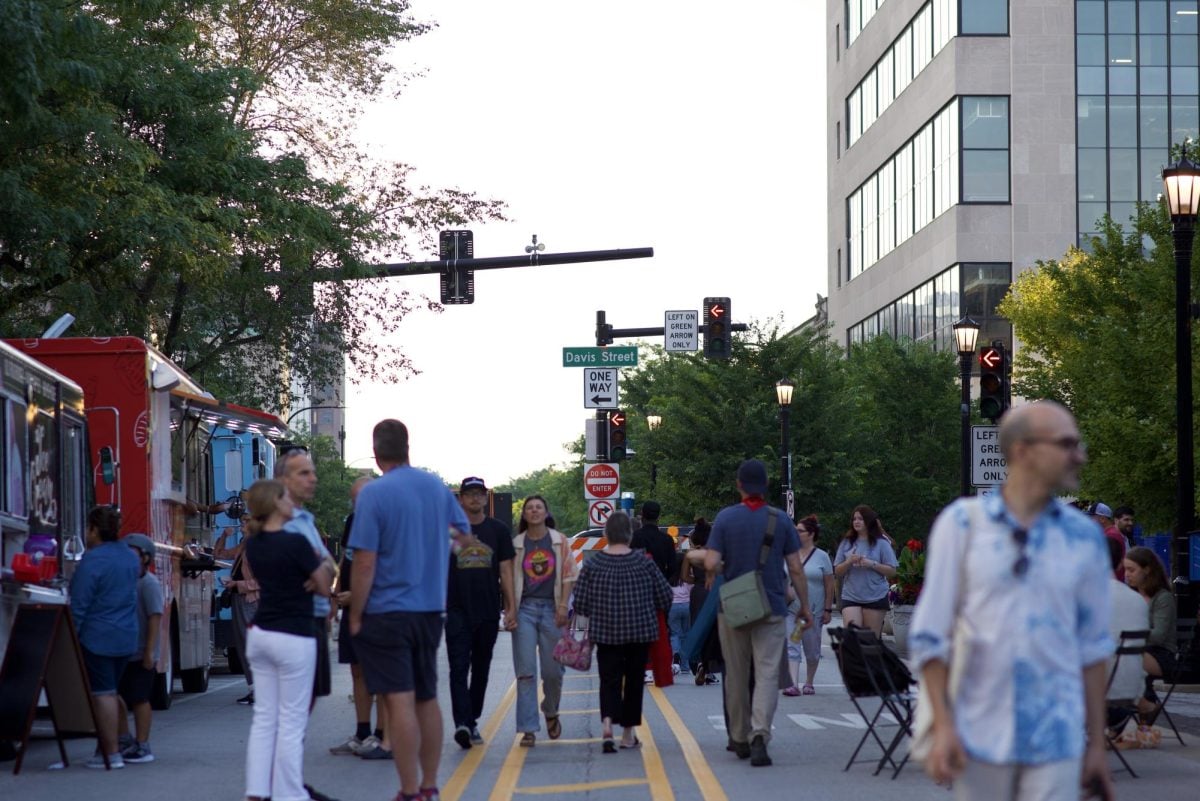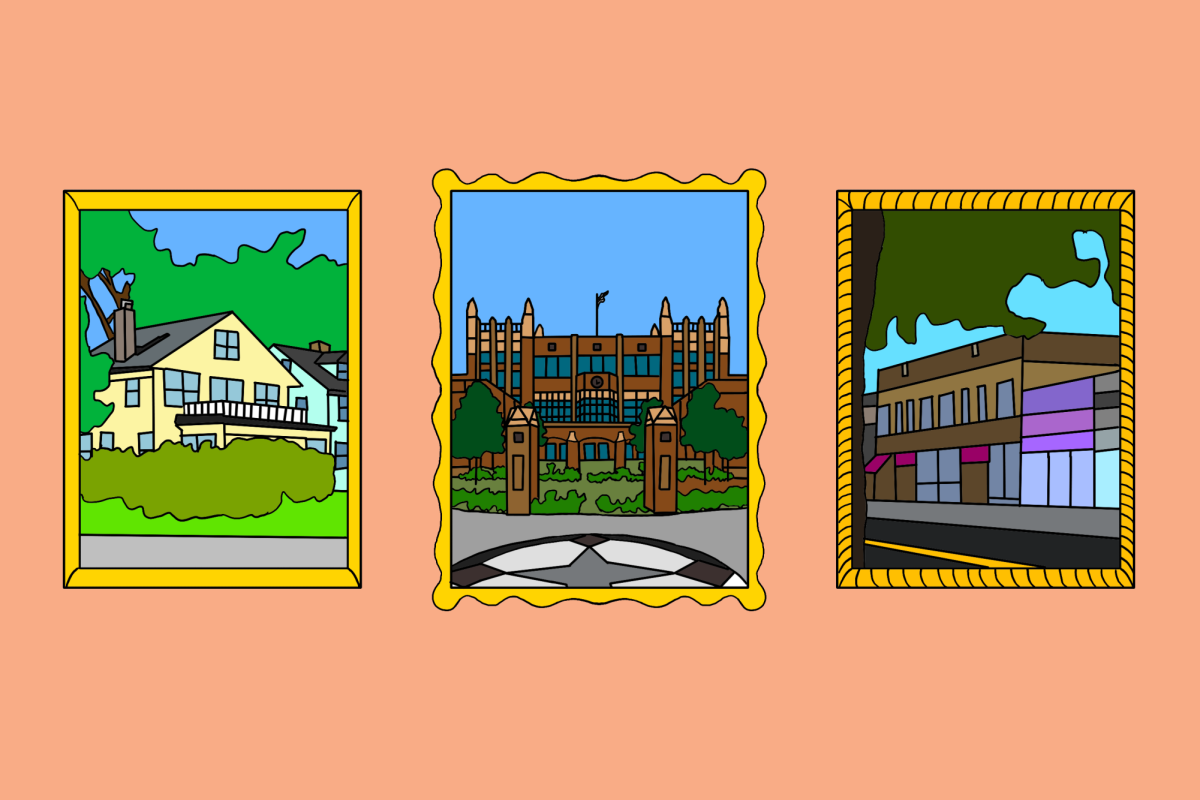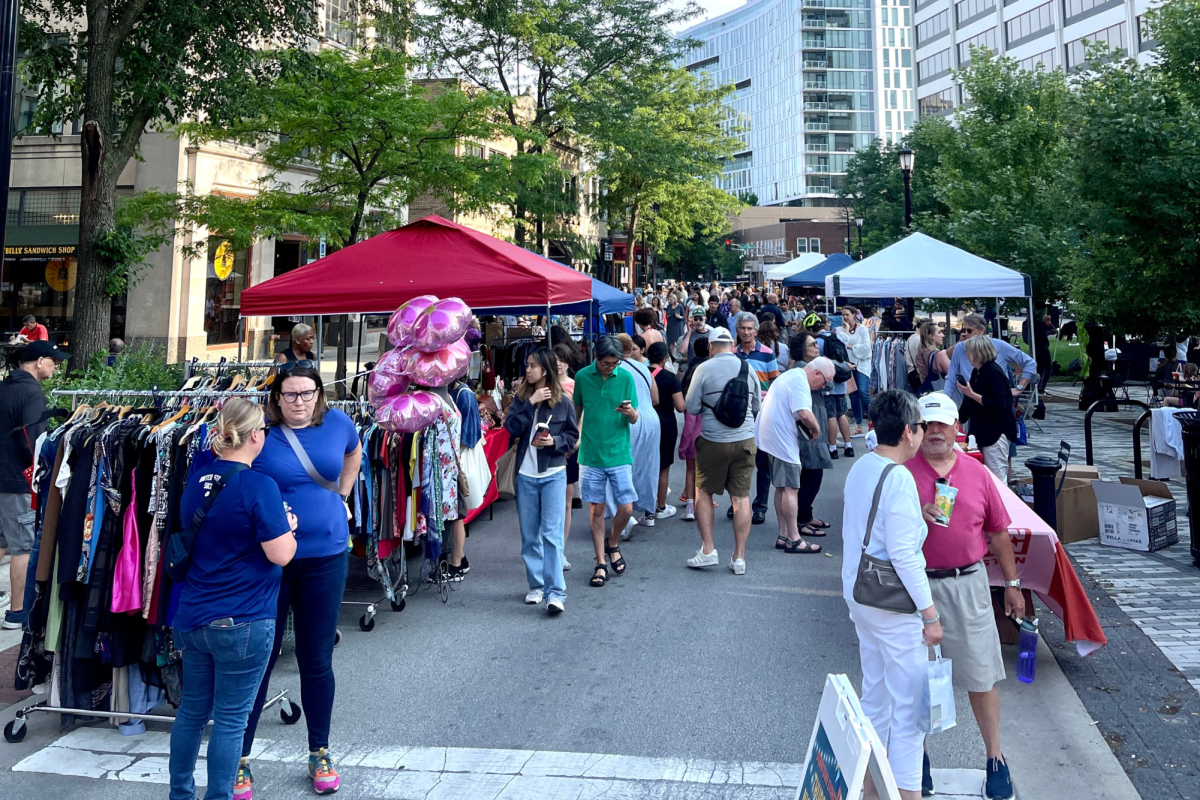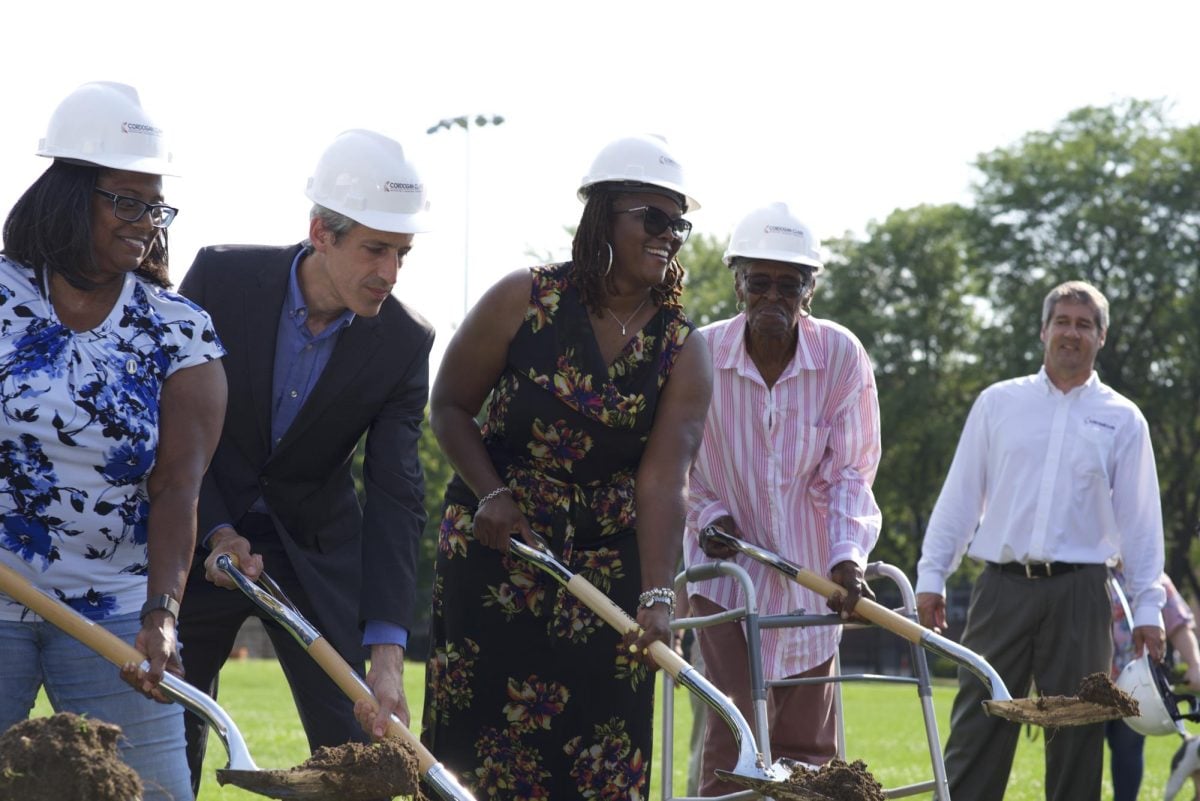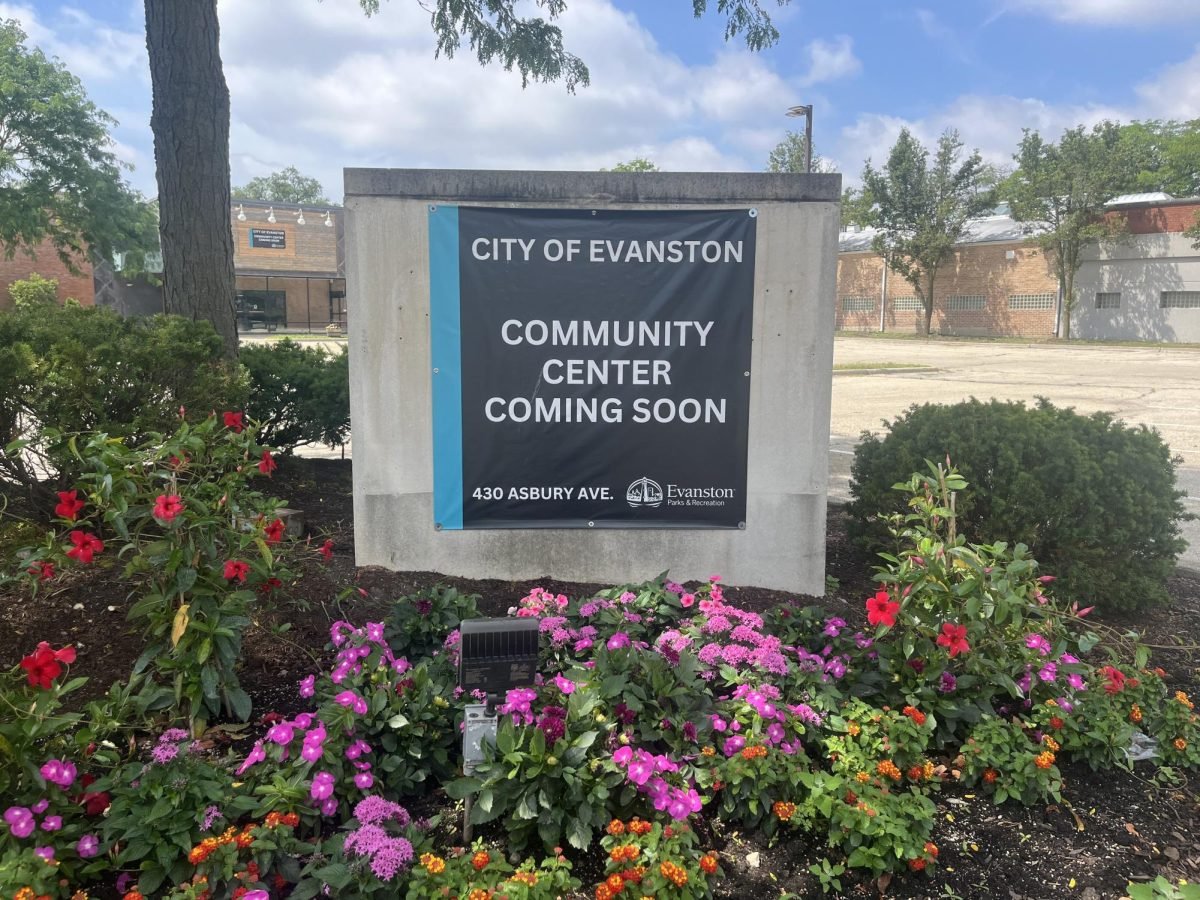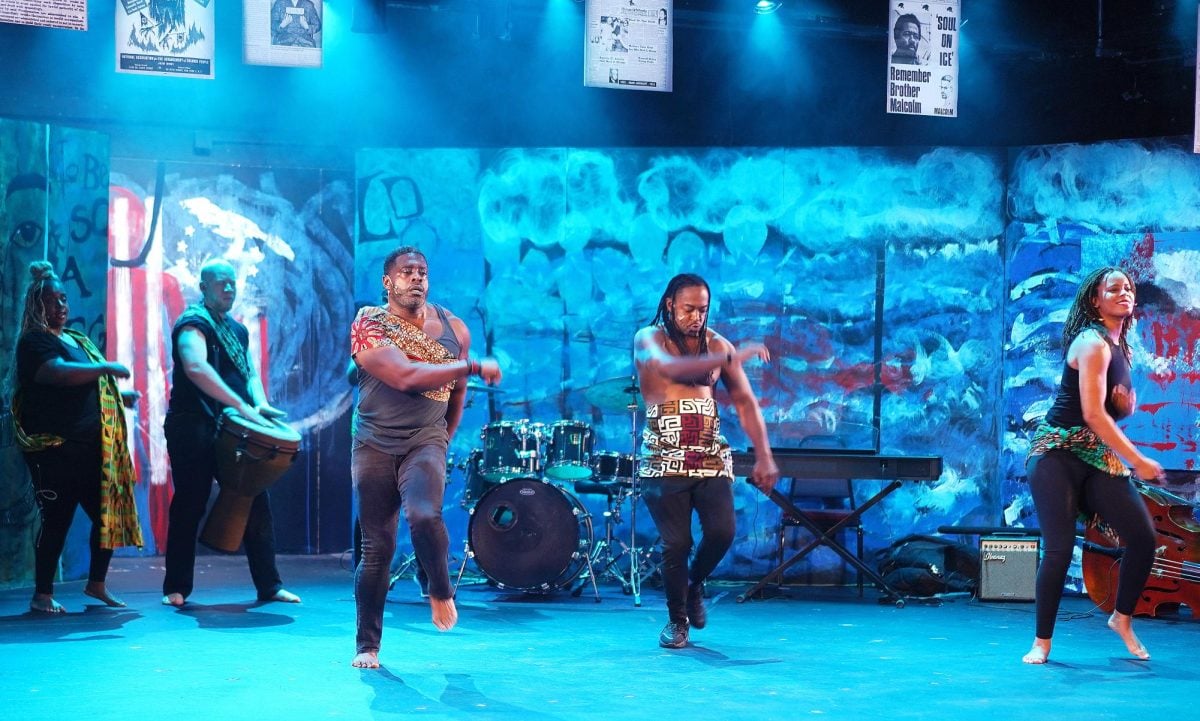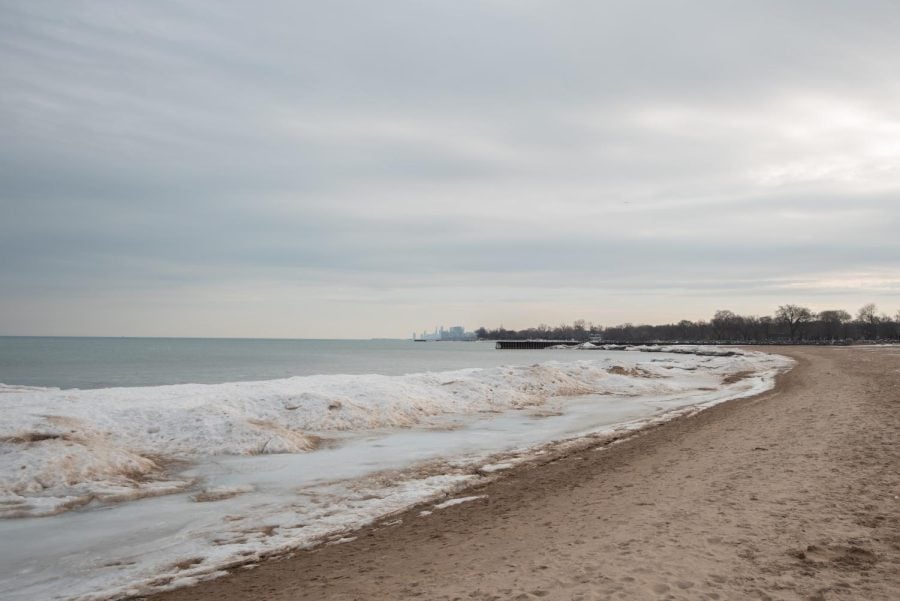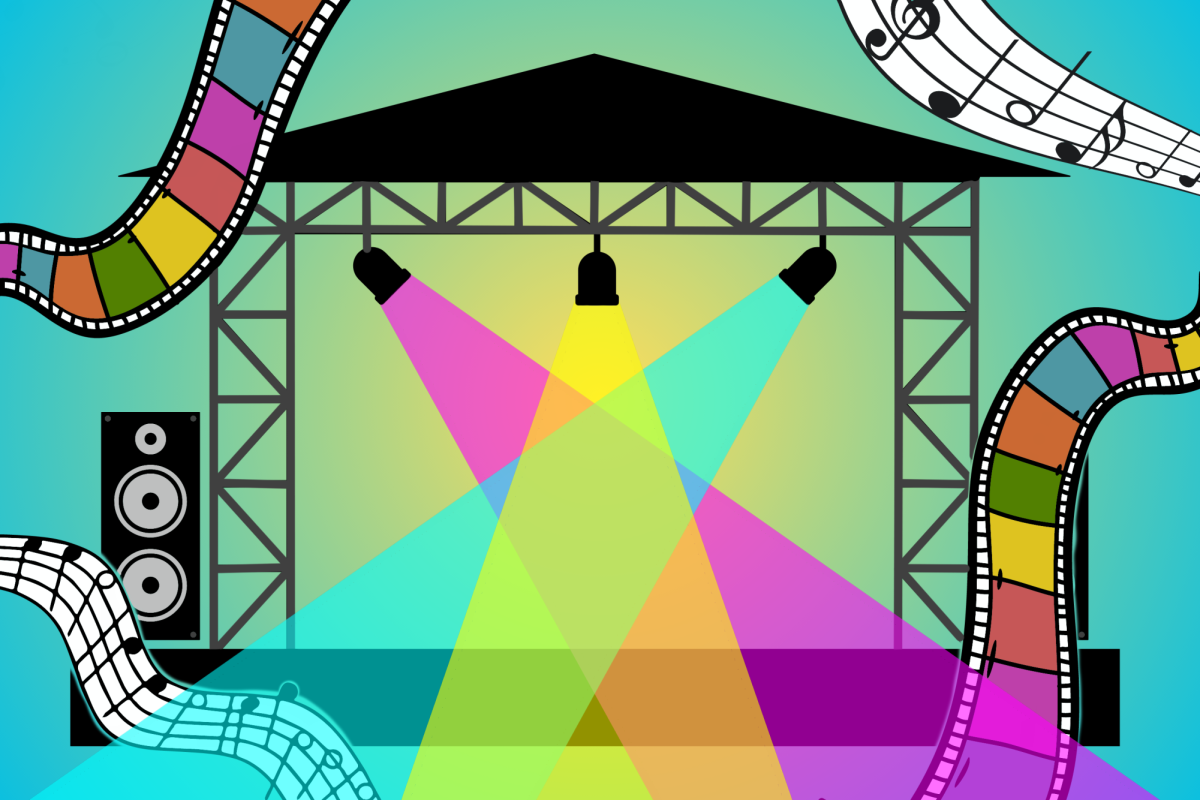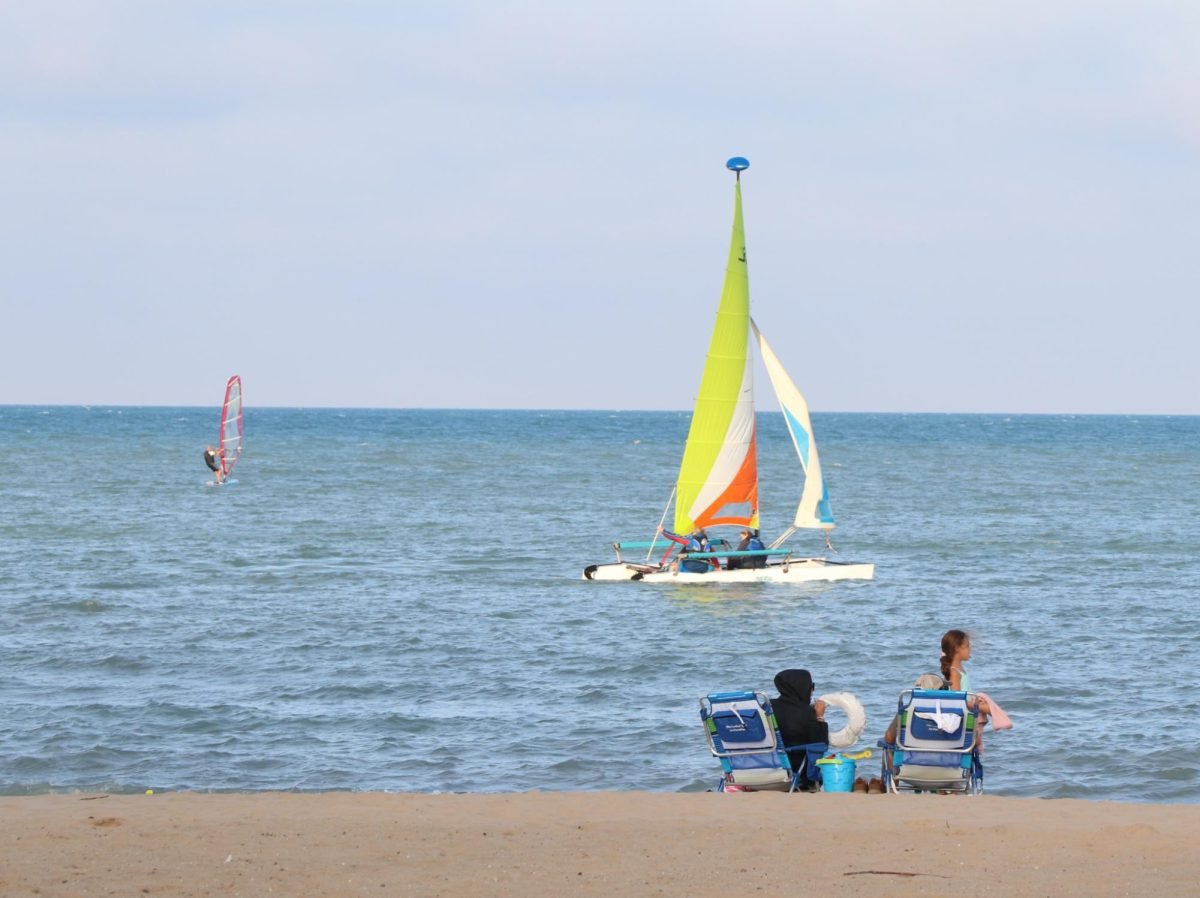The Evanston History Center hosted a lecture Thursday focused on updating historical buildings with green infrastructure.
Titled “Historic Structures & Green Technology: Renewal from the Ground Up,” the talk featured Triton College technology Prof. Mark Nussbaum, an expert in upgrading historical buildings with sustainable systems.
The lecture is part of a series of sustainability-themed events hosted by the history center, 225 Greenwood St. Thursday’s lecture specifically addressed the use of geothermal heating and cooling in historical buildings.
Nussbaum, who has helped implement these techniques in several buildings nationwide, talked about the challenges of making historical properties sustainable such as the Charles Gates Dawes House, which is the history center’s main building.
“The goal of what I do is provide modern infrastructure without tearing the building apart,” he said. He called this process “greening old buildings.”
Eden Juron Pearlman, the history center’s executive director, said the main objective of the lecture was to educate the Evanston community about sustainability, but said the talk ultimately aimed to “make the environment of our museum a better environment and do it in a green and responsible way.” Pearlman has made plans for upgrades including new lighting, cooling and heating systems to be implemented in the next year, she added.
Mary Press, who attended the lecture and lives in a historical residence, said Nussbaum’s presentation delivered important information many Evanston residents can apply to their own way of living.
She said the event is an essential educational tool for owners of historical properties. The different methods of upgrading the infrastructure of historical buildings helps “make them greener without incurring … (a) huge expense,” Press said.
Ryan Kerry, another Evanston resident, said he decided to attend the event in order to apply the techniques presented in the lecture to his profession. As a geothermal contractor, he said he came to the talk because he was interested in what Nussbaum, an expert in geothermal infrastructure, had to say.
Even though he does not own or live in a historical residence, Kerry said he thinks the sustainability of such buildings is important for the people inhabiting them and the rest of the community.
“The buildings have been around for hundreds of years, and it is important that they preserve the building in an environment-friendly way,” he said.
Press, who has written articles about green architecture, said communities today should focus on updating the heating and cooling systems in old residences.
The environmental upgrades of the buildings, however, should not stop there, she added.
“Sometimes, there are upgrades that need to be done, so if those upgrades can also make it greener then that’s a win-win,” Press said.
In the past, the only concern when dealing with historical buildings was their preservation, but now it is also important to find green ways of achieving that goal, she said. But as a person familiar with modern and sustainable architecture, she said she understands the difficulty of installing green infrastructure, especially in a historic building.
“Making buildings green,” she said, “that’s the challenge.”











